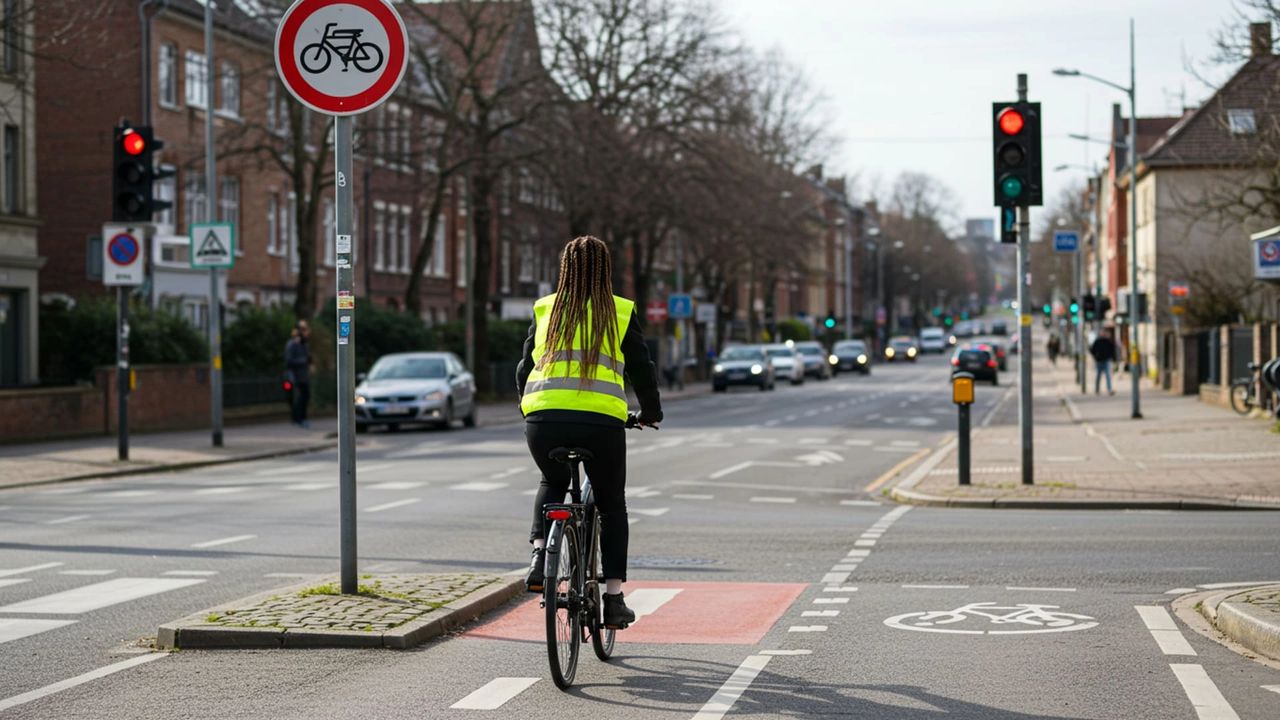
E-bikes are becoming a popular choice for commuting and recreation, but laws and regulations vary widely across the United States. Knowing the rules in your state is essential to ensure you’re riding legally and safely. Here’s a breakdown of what e-bike riders need to know across the country.
1. Understanding E-Bike Classes
Most states follow a three-class system to categorize e-bikes based on their speed and motor assistance:
- Class 1: Pedal-assist only, with no throttle. Assistance stops at 20 mph. Allowed on most bike paths and trails.
- Class 2: Throttle-assisted e-bikes with a max speed of 20 mph. Often restricted from certain bike paths and trails.
- Class 3: Pedal-assist with higher speeds, providing assistance up to 28 mph. Typically allowed on roads and designated bike lanes but often prohibited from multi-use paths.
Understanding which class your e-bike falls into helps you stay compliant with local laws. If you’re unsure about your state’s regulations, organizations like PeopleForBikes provide updated e-bike law maps and advocacy efforts for improved cycling infrastructure.
2. Helmet Requirements
Helmet laws vary depending on the rider’s age and e-bike class:
- Class 3 riders are usually required to wear helmets regardless of age.
- Many states mandate helmets for riders under 18 on all e-bike classes.
- Even where helmets aren’t required, wearing one is strongly recommended for safety.
For riders looking for high-speed protection, helmets that meet the NTA 8776 certification—like those from Bern and Xnito—provide enhanced safety specifically designed for e-bike use.
3. Age Restrictions and Licensing
While most states don’t require a driver’s license for e-bike use, there are exceptions:
- Some states set a minimum age of 14 or 16 to ride certain e-bike classes.
- Class 3 e-bikes often have stricter age restrictions compared to Classes 1 and 2.
- Licensing and registration are rarely required, but a few states may classify high-powered e-bikes similarly to mopeds, requiring additional documentation.
4. Where Can You Ride Your E-Bike?
State and local laws determine where e-bikes are permitted:
- Class 1 and Class 2 e-bikes are usually allowed on bike lanes, multi-use paths, and streets.
- Class 3 e-bikes are often restricted to roadways and dedicated bike lanes and may be prohibited from sidewalks and shared trails.
- Some local jurisdictions have additional rules, so it’s important to check city-specific ordinances.
If you need a legal reference guide for your state, Ride1Up, a well-known e-bike manufacturer, provides helpful resources for new riders on where they can legally ride their bikes.
5. Tips for Staying Legal on Your E-Bike
✅ Research your state’s e-bike laws before heading out.
✅ Observe local signage indicating where e-bikes are permitted.
✅ Obey standard traffic laws, including stop signs and traffic signals.
✅ Yield to pedestrians when riding on shared paths.
✅ Use bike lanes where available, especially when riding higher-speed Class 3 e-bikes.
Final Thoughts
Navigating e-bike laws across the U.S. can be confusing, but knowing the rules helps you ride safely and avoid fines. Take time to understand your local regulations and respect other road users.
Organizations like PeopleForBikes advocate for better cycling policies, while brands like Bern, and Xnito offer safety gear tailored for e-bike riders. Manufacturers like Ride1Up provide valuable resources on where you can ride legally.
When in doubt, err on the side of caution—and always wear a helmet!

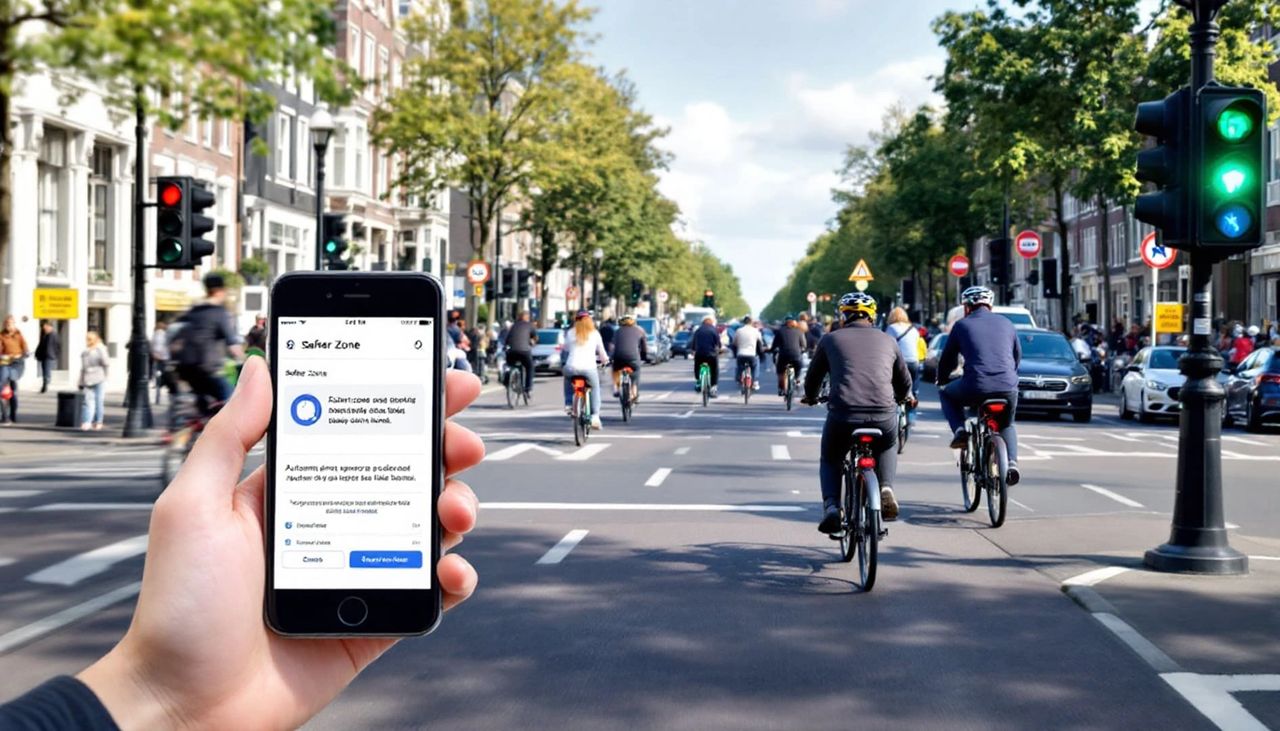
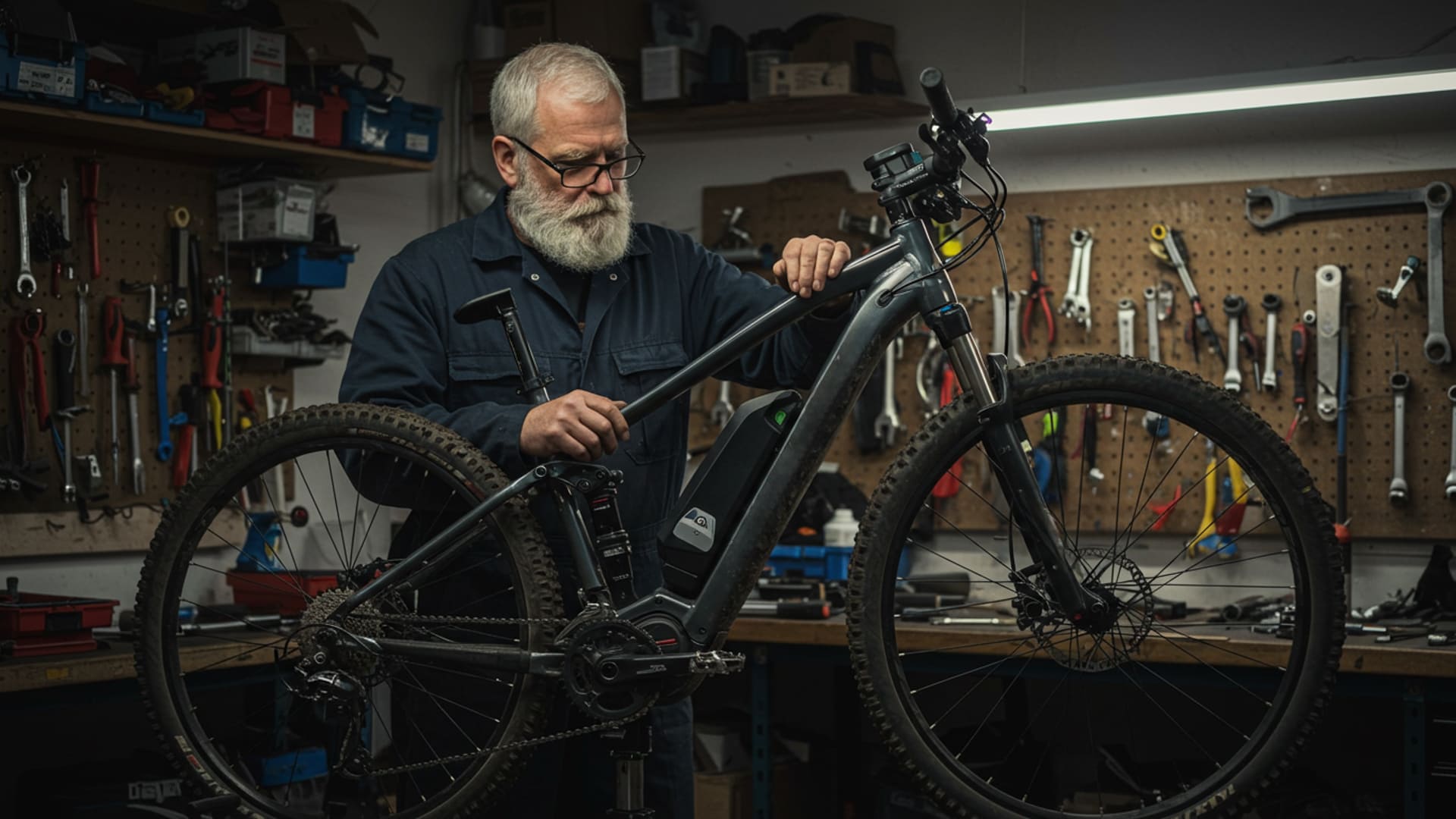

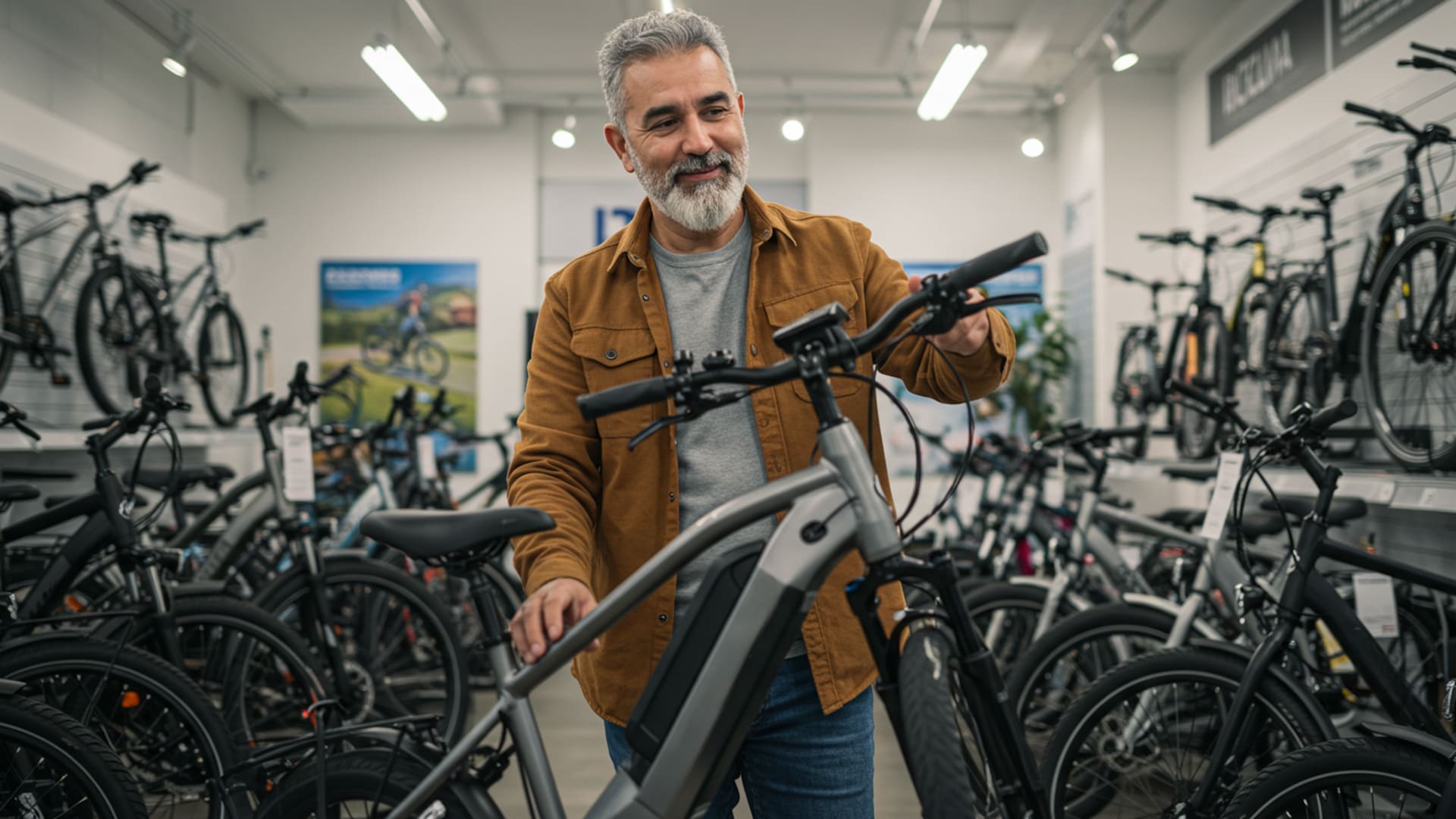
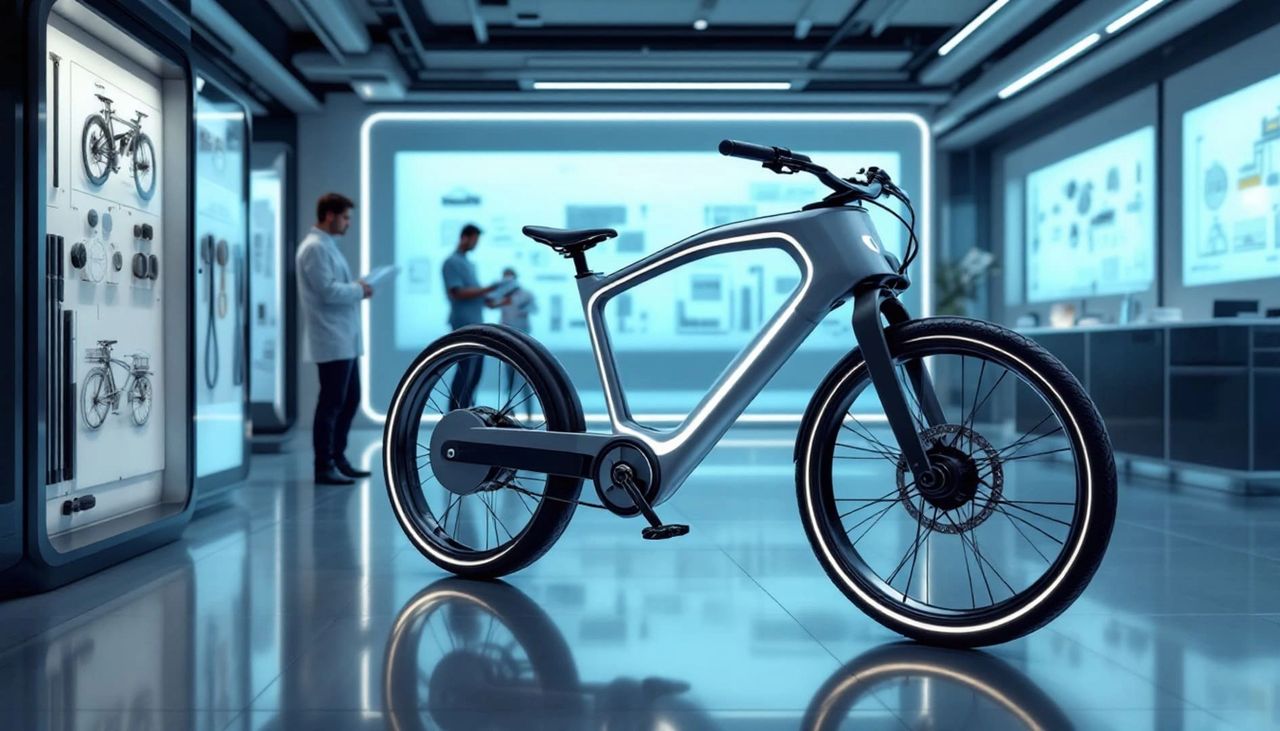

Leave a Reply